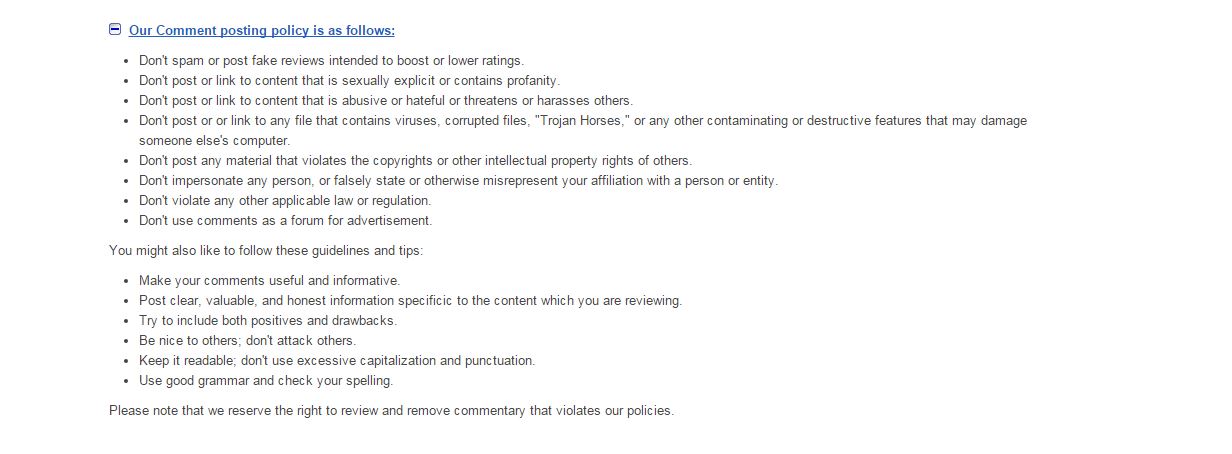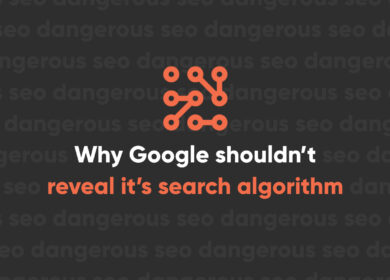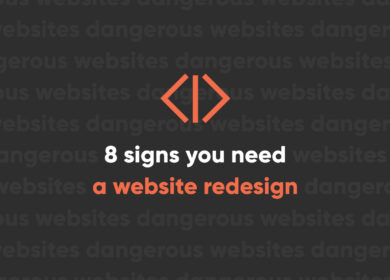
What Can I Do About Inappropriate or Inaccurate Business Reviews?

Bad reviews can destroy your business. It may sound a bit dramatic, but it’s true. This year alone, we’ve seen multiple cases where businesses were so overwhelmed by bad reviews on Yelp and Google they had no choice but to shut down.
We saw one of these cases just this week. After it was announced that a Minnesota dentist was responsible for killing a beloved and protected lion in Zimbabwe, the hunter’s local Twin Cities practice was decimated by 1-star reviews on Google and Yelp. At the peak of the assault, there were over 3,000 negative reviews on Google and over 4,000 on Yelp (many of these reviews have since been removed). A fake Facebook page for the dental practice also received hundreds of negative reviews. At the moment, the practice remains closed indefinitely.
![]()
Okay, this may be an extreme case where hordes of people are targeting a specific business with negative reviews for non-business reasons. Still, business owners have at least three lessons to learn here:
- Make sure all your social media profiles and directory listings are claimed and verified
- There definitely is such a thing as bad publicity
- What your employees do outside of work can have an impact on your business
It’s not likely that your business will ever face such a flurry of bad press, but it’s still vital to be prepared for bad reviews. While any bad review can be potentially damning, you have to be extra careful when dealing with these potential reputation killers.
Unexpected and Inappropriate Reviews
Amidst the backlash caused by the illegal killing of Cecil the Lion, a case of mistaken identity led to bad reviews for one of our own clients. With a dental practice located in the same city as the offending dentist, our client received several nasty 1-star Google reviews. These reviews contained profanity and hateful messages that begged people to boycott the practice. They were also clearly against Google’s review guidelines:

Although we knew the reviews weren’t meant for our client, the average internet searcher might not. People generally use the internet to find information as fast as they can. Anyone seeing those reviews could potentially associate our client’s practice with the tragic events. If enough people saw them, the public protests might move to their office instead. It was important to respond as quickly as possible.
Responding to Inappropriate Reviews
A response to an inappropriate review has to be tactful. You’re clearly dealing with someone who is upset, so you don’t want to do anything to add fuel to the fire. At the same time, you have to protect your business.
Our response was three-fold in this case. First, we notified the client of the bad reviews and recommended they publicly respond to each bad review. The responses needed to provide a simple and straightforward explanation of the event with a request for the review to be removed. The client handled this quite well, coming across as apologetic and polite. Note: In order to respond to a Google review, the location must be verified and you must be a manager.
While the client was drafting this response, we contacted Google directly using the My Business help center. The help center gives you three options: call request, online chat, and email. I’ve found that a call produces the best results by far, and I’ve never had to wait more than 5 minutes to speak with someone. The online chat also works pretty well with the added benefit of giving you a copy of your conversation with Google. Email is generally the least effective and slowest way to get a resolution, but it’s the only option that can be used 24 hours a day.
The phone call with Google was quick and painless. I explained the situation and asked for the review to be removed. The representative passed it along to the review team. Within 12 hours, the review was indeed removed.
As a third layer of action, right after I got off the phone I also flagged the review as inappropriate. Google makes this easy by placing a little flag icon next to each review. Anyone can flag a review by providing the following information:

Unfortunately, there’s nothing you can do to prevent it from happening again. Within 24 hours of the first review being removed, there were two new ones with similar harsh language and personal attacks. Again, we took the same action in order to have this resolved. Once again, the reviews were removed within 12 hours.
Obviously we were watching the page closely for reviews, but Google also sends out notifications to the primary email address for the verified business page. While this may seem like an extreme case that you’ll never encounter, it’s essential to respond to reviews quickly, especially ones that have the potential to do a lot of damage.
When a Personal Attack Affects Your Business
In a separate incident that started several years ago, one of our clients received a review from a disgruntled ex-spouse. The review made several explicit sexual accusations against one of the business owners. Whether or not the allegations were true was not the issue here. The review was highly inappropriate and not related to the business. However, getting it removed proved quite the challenge even though it clearly violated Google’s guidelines.
This review actually hung around for a couple years. We made several attempts to get it removed by flagging it as inappropriate using Google’s aforementioned tool. When this didn’t prove fruitful, we contacted Google using their My Business help center. Even then it took multiple reports before the review was finally removed. In this case, persistence certainly paid off. The big lesson here is that you can’t just report it and forget it. If you want an inappropriate review removed, you sometimes have to work at it.
Don’t Let Those Bad Reviews Fester
Whenever you get a bad review, whether it’s inappropriate or not, you need to take action. The longer those bad reviews remain unanswered, the more likely they are to affect you. Here’s the general course of action you should take:
- Respond publicly to the review. Be courteous and professional. Resist the urge to attack the reviewer or tell your side of the story. Customers are more likely to believe other customers than they are to believe you.
- If the review is inappropriate or inaccurate, contact the review site as quickly as you can. Be prepared to explain why it should be removed by citing evidence from their review policies or by providing documentation.
- Assess your business practices. Even if you don’t agree with the review, try to see things from the customer’s perspective. Maybe there’s something you can fix so this doesn’t happen again.
Bad reviews can do a lot of damage. We’ve seen real examples of this happening. It’s important to guard your reputation or you might have to close your doors for good.
This post is part of Internet Marketing Mysteries, a weekly column addressing actual client questions related to SEO, analytics, website best practices, and any other topic connected to internet marketing. Have a question you’d like to see tackled in a future post? Let us know in the comments.

Nate Tower
Nate Tower is the President of Perrill and has over 12 years of marketing and sales experience. During his career in digital marketing, Nate has demonstrated exceptional skills in strategic planning, creative ideation and execution. Nate's academic background includes a B.A. with a double major in English Language and Literature, Secondary Education, and a minor in Creative Writing from Washington University. He further expanded his expertise by completing the MBA Essentials program at Carlson Executive Education, University of Minnesota.
Nate holds multiple certifications from HubSpot and Google including Sales Hub Enterprise Implementation, Google Analytics for Power Users and Google Analytics 4. His unique blend of creative and analytical skills positions him as a leader in both the marketing and creative worlds. This, coupled with his passion for learning and educating, lends him the ability to make the complex accessible and the perplexing clear.



